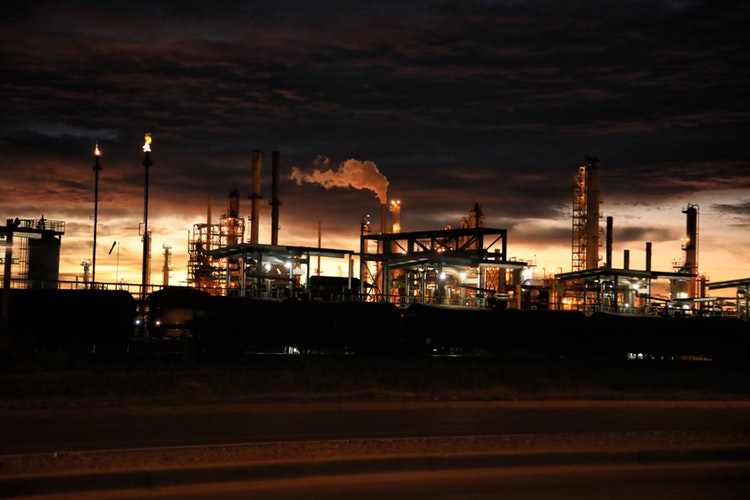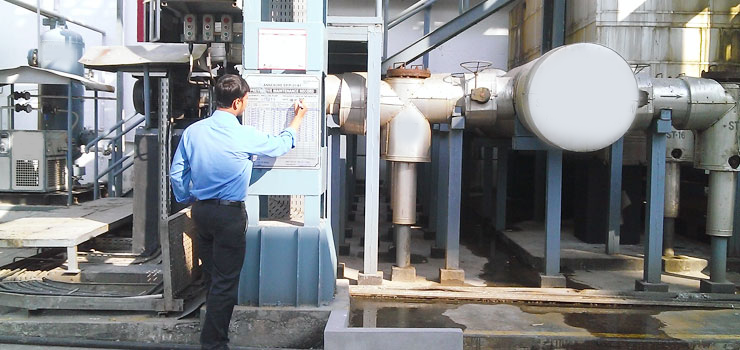Choosing an Industrial chiller might apparently seem quite an easy task, but it is just the contrast. Before one decides to get a particular chiller for his industry, it is better to know certain nitty gritty regarding this in order to avoid the hassles.
It is definitely true that all chillers perform the same essential function but there are also more points to consider beyond a chiller’s basic ability to cool. You have to be sure of some points before taking the vital decision. Chiller operation & maintenance in India is definitely one of the vital issues ever discussed in the industrial arena. Therefore, it is better to deal with the unavoidable points to consider:
Portable or Central Chillers –
Decide on this first. One of the several different ways you can break chillers into groups is by dividing them into portable or central chillers. Our company Energy Plus guides regarding both types of chillers and you can surely pick the suitable one for your industry. It mainly depends on the space of the industry you are dealing with.
Air Cooled or Water Cooled –
This is yet another category for chillers. The difference between these two types of machines is the way in which they operate and the method they use to produce a cooling effect on your building and machines. Thus you should choose as per your need in the industry you own. The chiller business is not as regular a practice as Industrial chimney supplier in India but you will certainly get them in the top-notch companies. At Energy Plus, we will provide you with the best maintenance and support of industrial chillers, so that they function effectively for years.
Maintenance and Efficiency –
You should be very conscious of these two aspects. Get those chillers for your industry which have efficiency and can be easily maintained. Our team at Energy Plus has always come up with the most efficient chiller maintenance policies and has held high reputation over the years.
Chillers are the most essential components for any industry. But the right one needs to be chosen as per industry purpose. The above discussed are some important tips for buying the best chillers.



